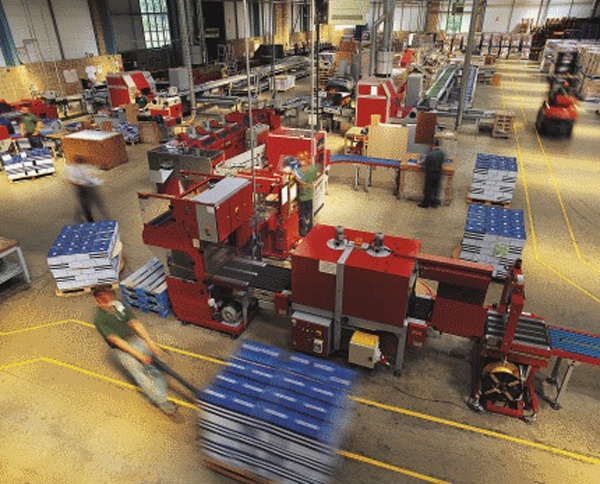
Capacity planning at manufacturing facilities is a process that never ends. Understanding your system’s current capacity and developing plans to optimize your facility’s capacity now and over time is an incredibly involved and data-intensive process. Fortunately, there are software solutions that can streamline and improve upon this.
Optimizing the production capacity of a facility requires more than just demanding unlimited growth. A truly optimized plant controls its growth so that capacity is available to meet demand but ensures that purchased capacity (whether labor or equipment) is worth the cost in the long run. It’s also important to make sure that every aspect of a facility, beyond production, can handle an increase in output. Only increasing production is insufficient if the sales team can’t process more orders, the buyers are unable to procure enough raw materials, or the transportation department cannot ship orders to customers fast enough.
Capacity planning for growth
The key to optimizing capacity planning is to consider as many important aspects of growth as possible. This means taking every stage of your product from raw material to finished and delivered product into account. Production may need more equipment or more labor. Cross-training may provide low-cost flexibility to absorb a variation in demand. Customer Service may need to include additional staff to answer questions. Purchasing may have to renegotiate existing contracts and find new suppliers for supplemental raw materials. Shipping will need to be forewarned about upcoming needs.
To ensure that your company is expanding its capacity in the most efficient manner possible, you want data on each potential change in your system. Running simulations of these changes with an advanced planning and scheduling program can provide that data and help you understand tradeoffs. By looking at virtual scenarios, you’ll be able to identify problems in a proposed growth plan before investing money and time.
Coordinating changes for optimal performance
For every change that you make to your production facility, many other aspects of your company have the potential to be affected. Rather than make educated guesses about what these effects will be, it makes more sense to get hard data. For example, increasing the speed of a production line would result in more potential output at that operation. State-of-the-art planning systems can project downstream/ upstream operation bottlenecks, and needs in employee staffing. Maintenance demands, raw materials needed, and the ability of your facility to store and transport that extra product to the customer on time can all be coordinated within seconds.
Optimizing your manufacturing facility’s capacity planning used to be an incredibly involved process that ultimately relied on educated guesswork and oversimplifications. With today’s advanced scheduling systems, however, these plans can be based on accurate factory models and standardized data. You’ll be able to identify if your facility has any limiting factors before and after changes have been made and develop a plan to deal with problems before they materialize. You’ll make short term decisions about staffing more easily and accurately. You’ll see where overtime and other flex capacity are worth the cost. You’ll even be armed with clear scenario comparisons when making long term capital cost decisions based on various forecast options. Ultimately you’ll feel more comfortable about significant investments for your company that enable successful growth.
Related Capacity Planning Video
APS Resources